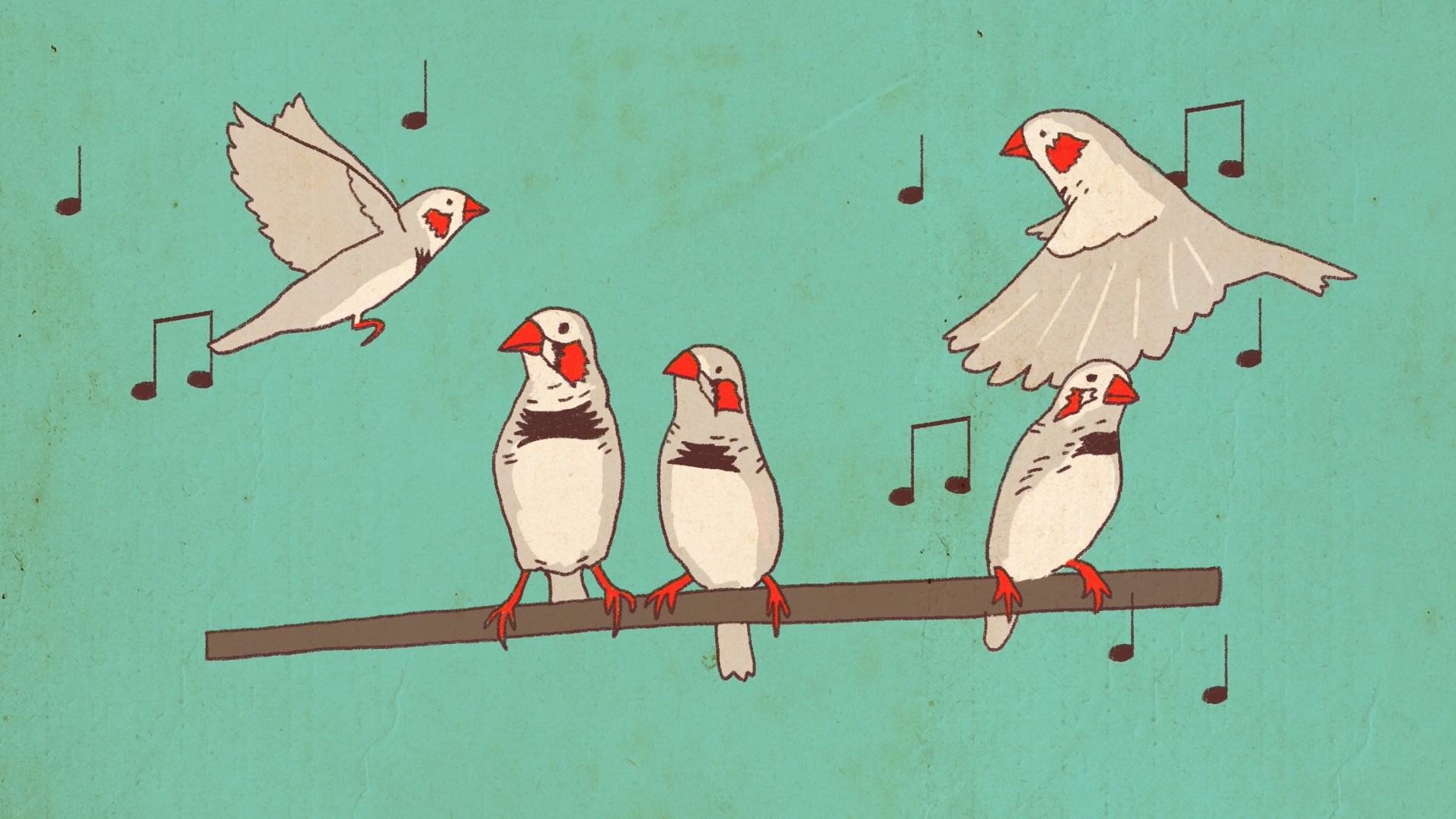Amy Whipple / Rebecca Spencer / Stocksy
About two years ago, Eric Jerpe, a teacher of the visually impaired (TVI), showed me a trick. "No matter what a kid's vision is otherwise, every single one of them can see this," he said. He clicked on a pocket flashlight and stretched a plastic Slinky in front of my then-two-year-old's face. On average, it takes fifteen seconds for WD's brain to catch up with his eyes—the center of his visual field is harder still—but when Jerpe shined the light through the outstretched Slinky, WD's gaze snapped to it.Jerpe was in my living room as part of my son's early intervention team. In this case, to address Cortical Visual Impairment (CVI), the most common form of childhood blindness.I know. I hadn't heard of it either.CVI is a neurological blindness, sometimes also called Cerebral Visual Impairment. The person's eyes are structurally fine—or the kind of fine that those of us with typical vision problems have. CVI is often the result of a traumatic birth, head injury, or epilepsy, among myriad others—WD suffered a stroke in utero, resulting in cerebral palsy and intractable epilepsy—and the brain has become wired such that it has trouble distinguishing, filtering, and categorizing information coming in through the eyes."CVI is really a form of deprivation," says Christine Roman-Lantzy, a researcher, educator, and leading authority on CVI. "The child sees what we see, but they can't interpret it." An adult with CVI once explained to Roman-Lantzy that everything looked like the inside of a kaleidoscope. And, unlike ocular blindness—the kind of blindness in the popular imagination—CVI improves with dedicated interventions.In the 1970s, Roman-Lantzy was a young TVI in Butler County, Pennsylvania. Among those in her care were children who spent the day staring at the ceiling lights and whose medical charts read "eye exam: normal," though there was the occasional notation of "cortical blindness." "I treated them as though they had eye disorders, and they didn't change at all," she recalls. She knew she was doing the wrong thing by those children, but she also didn't know what the right thing was, both of which haunted her. "These children were just languishing in this eternal now. It's horrifying [to think about]," she says.
More from Tonic:
She came across an article by James E. Jan, a neurologist from Vancouver, who was working contemporaneously. She can still picture the page: "There was a little sidebar that had these two lists about the difference between ocular and cortical blindness, and I thought, 'I'll be darned. That's the problem. They're completely different.'"Reading Jan's article spurred Roman-Lantzy into action. She went back to school and then joined the West Penn Hospital in Pittsburgh as an infant developmental specialist in the NICU. She then started Project CRIB (Community Resources for Infants Who Are Blind) a few miles down the road, at the Western Pennsylvania School for Blind Children.At Project CRIB, Roman-Lantzy kept hearing the same answers. She'd say, "Tell me what your child looks at." The parents would respond, "Nothing," then pause before adding, "Well, Big Bird." (Today, the answer is Elmo; we can perceive red even if we cannot see it. Yellow is the next easiest color to see.)"Tell me why you think your child turns their head a lot," she'd say."I think they see better on that side." (We develop peripheral vision first; additionally, a hallmark of CVI is that children turn away from objects before reaching for them.) Children stared at lights and ceiling fans; they noticed televisions, but didn't watch them (light and movement are enticing). They looked through their parents (the human face is incredibly visually complex).Based on what she was learning from parents at Project CRIB, Roman-Lantzy developed a checklist that eventually morphed into a stable assessment—the CVI Range—which, after the University of Maryland studied it for reliability and validity, was published in 2007 by the American Foundation for the Blind, where it is the perennial best seller.The Range consists of three phases. In phase one, the goal is to build visual responses, often by using bright lights and colors in simple, darkened spaces. Phase two is making vision meaningful, which means an overlay onto the child's day so that vision is paired with reward: a toothbrush that lights up, a fluorescent-colored bowl at mealtime. Phase three is refinement. In phase three, children can learn to read or to look at things twenty feet away."The plasticity for vision is unlike anything else in our brain," Roman-Lantzy says. "Even when there's a lot of damage to the visual pathways, or the processing centers, other parts of the brain will just re-purpose themselves for vision." She plays out the kaleidoscope description: "Now, the next time they look at the kaleidoscope, there's this big red thing and you think, 'Wait a minute, it's got a leaf and a stem and it's round, oh, I bet that's an apple.'" In this way, teaching to CVI is teaching both vision and cognition. And, while the brain's plasticity lasts into early adulthood, learned behavior is harder to reckon with, and early intervention is a child's best bet for moving through the phases.This brings us back to Jerpe, who was once a student of Roman-Lantzy's. For an hour each week for two years, he parked himself in front of my son and worked at rewiring his brain. Multi-colored lenses that look like TiddlyWinks snapped onto the pocket flashlight. Thin metallic steamers that once would have been at home on the end of a bike handle, strands and strands of Mardi Gras beads—anything that's deeply saturated, reflects light, or has a little bit of movement attracts a child's eyes and helps teach his brain: You are seeing. The flashlight through the slinky perfectly contains all three elements.You need to know that WD and I are extraordinarily lucky. All we had to do is exist: A knowledgeable vision therapist appeared for his early intervention assessment; at her suggestion, we got an official diagnosis from WD's ophthalmologist, who did so without hesitation. WPSBC offers range assessments and outreach services, which WD received not long before he turned two. We also live in a county that considers health and human services a significant and worthy portion of the budget pie.I belong to the Facebook group for parents of kids with CVI. The problems are many. Early intervention and special needs services are largely dependent on Medicaid and similar funding, the priority of which varies from state to state, county to county. Parents can spend months or years lobbying for a proper assessment or even just basic services. Children are misdiagnosed as having Autism or ADHD. Ophthalmologists aren't willing to diagnose what is not technically an eye problem. Blind education is traditionally rooted in ocular blindness. There is—in the ugliest of truths—no money to be made off of a non-flashy educational protocol for a population that is primarily made up of children with complex medical needs, no matter how thrilling the eventual outcome.And so, every year, in her clinic at West Penn, Roman-Lantzy assesses a couple hundred children from all over the world. She is continually following almost 500. Perkins, the first and leading school for the blind, now offers a CVI Range Endorsement for TVIs in order to get more qualified people into the field.She offers this comparison: When Retinopathy of Prematurity (ROP) was identified in the 1970s, an international outcry led to interventions such that it is now medical malpractice if a doctor does not screen an at-risk baby. "There's no outcry for CVI," Roman says. "And yet and this is the only kind of visual impairment in which progress is not just expected—it happens based on things that we do." There is also no mandated assessment or tracking of at-risk babies, though that population grows with each year as more and more babies survive the impossible.It is parents, according to Roman-Lantzy, who are going to force the issue into public consciousness, as happened with Autism. In this regard, resources are plentiful. The Lighthouse Guild hosts a free, weekly tele-support group. There are several Facebook groups dedicated to CVI, Pinterest boards of toys and room setups, multitudes of blogs by parents.I've spent over a year pushing a neon Mega Blok train at WD and then guiding his hand to push it back. Nothing. Last spring, WD turned three. His weekly sessions with Jerpe ended, and he began preschool at WPSBC, where his entire environment changed.And then: One August afternoon when the train thunked against WD's shin. He looked down at the toy, turned away, and then batted it with the back of his hand. I sent it back. He did the same. "Buddy!" I cried. "You are playing!"Read This Next: I Wore My Contacts Too Much and My Eyes Went Rogue
Advertisement
Advertisement
More from Tonic:

She came across an article by James E. Jan, a neurologist from Vancouver, who was working contemporaneously. She can still picture the page: "There was a little sidebar that had these two lists about the difference between ocular and cortical blindness, and I thought, 'I'll be darned. That's the problem. They're completely different.'"Reading Jan's article spurred Roman-Lantzy into action. She went back to school and then joined the West Penn Hospital in Pittsburgh as an infant developmental specialist in the NICU. She then started Project CRIB (Community Resources for Infants Who Are Blind) a few miles down the road, at the Western Pennsylvania School for Blind Children.At Project CRIB, Roman-Lantzy kept hearing the same answers. She'd say, "Tell me what your child looks at." The parents would respond, "Nothing," then pause before adding, "Well, Big Bird." (Today, the answer is Elmo; we can perceive red even if we cannot see it. Yellow is the next easiest color to see.)"Tell me why you think your child turns their head a lot," she'd say."I think they see better on that side." (We develop peripheral vision first; additionally, a hallmark of CVI is that children turn away from objects before reaching for them.) Children stared at lights and ceiling fans; they noticed televisions, but didn't watch them (light and movement are enticing). They looked through their parents (the human face is incredibly visually complex).
Advertisement
Advertisement
Advertisement
